ScaleHR Founder, Jeff Waldman, facilitated a webinar for the Human Resources Professionals Association of Ontario (HRPA) on October 9, 2024, on this topic. Scroll to the bottom of this blog post to view the webinar slides.
Understanding Disabilities and Inclusion
Disability is a natural part of human diversity. It’s important to remember that disability exists on a spectrum and can be:
- Visible: Noticeable physical or sensory impairments.
- Invisible: Non-obvious conditions like chronic illnesses or learning differences.
- Situational: Temporary impairments or disabilities.
Inclusion goes beyond simply providing accommodations. It’s about creating a workplace culture where everyone feels:
- Valued: Their contributions are recognized and appreciated.
- Respected: Their perspectives and experiences are honoured.
- Supported: They have the resources and opportunities to succeed.
Benefits of Inclusion
Creating an inclusive workplace for people with disabilities is not just the right thing to do, it’s also good for business. Here’s why:
- Increased Innovation and Creativity: Diverse perspectives lead to better problem-solving and innovation.
- Improved Employee Morale and Engagement: When employees feel included, they are more likely to be engaged and productive.
- Enhanced Company Reputation: Companies that prioritize inclusion attract and retain top talent.
- Expanded Customer Base: A diverse workforce better understands and serves a diverse customer base.
Learn how to implement employee well-being into your total rewards with our free guide.
Practical Strategies for Inclusion
Recruitment and Hiring
- Review job descriptions: Use inclusive language and clearly state your commitment to diversity.
- Expand recruitment channels: Partner with organizations that support people with disabilities.
- Offer accessible application processes: Ensure online applications and interview processes are accessible.
Workplace Accessibility
- Provide assistive technologies: Screen readers, ergonomic keyboards, and other tools can make a big difference.
- Ensure physical accessibility: Ramps, accessible restrooms, and adjustable desks are essential.
- Offer flexible work arrangements: Remote work options or flexible hours can be beneficial.
Creating an Inclusive Culture
- Provide disability awareness training: Educate employees on disability etiquette and inclusion best practices.
- Foster open communication: Create a safe space for employees to discuss their needs and share their perspectives.
- Celebrate diversity: Recognize and value the contributions of all employees.
Conclusion
Building a truly inclusive workplace requires ongoing effort and commitment. By implementing these strategies and fostering a culture of respect and understanding, we can create a workplace where everyone has the opportunity to thrive.









